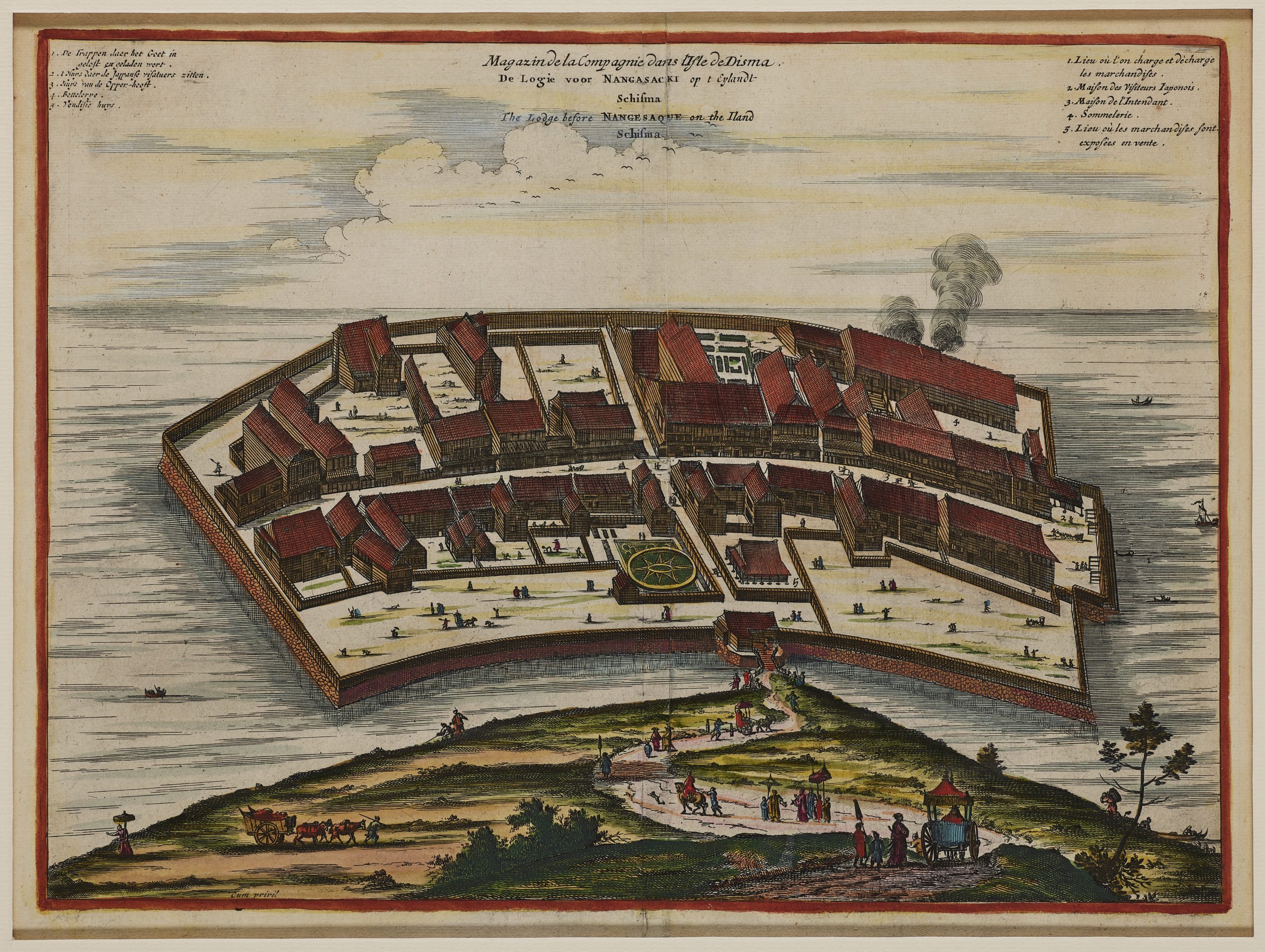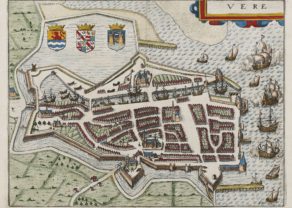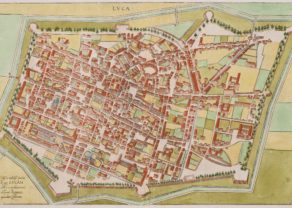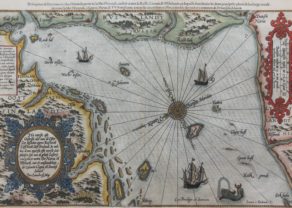Dejima – Magazin de la compagnie dans l’isle de Disma
by
Pieter van der Aa
VOC’s exclusive trading post at Nagasaki
Detail
SOLD
Date of first edition: 1727
Date of this edition: 1728
Dimensions (not including margins): 25,5 x 36,5 cm
Condition: excellent. Sharp copper engraving printed on paper. Wide margins. Nice old outline colouring.
Condition rating: A+
From: Galérie Agréable du Monde, 1728
Price (without VAT, possibly to be added): €0,00 (FYI +/- $0,00 / £0,00)
Unless otherwise specifically stated on this map page, we charge the following expedition costs in euro (unfortunatelly, gone up with Covid, but still too low in reality!):
– Benelux: 40 euro
– Rest of Europe: 60 euro
– Rest of the World: 100 euro
In stock





Dutch monopolist trading island at Nagasaki
he Dutch trade with Japan precedes this well-known trading post long in advance. Already in 1609 the VOC had established a small mission under Jacques Speckx (who would become governor-general in Batavia from 1629 to 1632) in Hirado (just north of Nagasaki). In 1641 the Dutch moved their factory to Dejima, a small artificial, fan shaped island in the port of Nagasaki.
This small island (as large as a football field), which was formed by digging a channel through a small peninsula in the Bay of Nagasaki, was first a Portuguese trading post. Shogun Iemitsu ordered the construction of the artificial island in 1634, to accommodate the Portuguese traders living in Nagasaki and prevent the propagation of their religion. From 1641 until 1859 it was inhabited by the Dutch, who could live there under strict restrictions. Only a limited number of (ten to twenty) Dutch people could simultaneously stay on the island and, apart from an annual visit to the shogun in Edo (Tokyo), they could not leave this place. Also, Japanese merchants and travelers were also not allowed onto Dejima, unless they were specifically allowed entry for their job.
The factory exported gold and especially copper (which the VOC shipped to Coromandel and Bengal) and it imported cotton, silk and even European textiles for the Japanese market. In the second half of the 18th century the import shifted to pepper, sugar cane and cotton (from Java). Most of the buildings on the island were warehouses. The pier is on the right side.
The Dutch had to tolerate the presence of Chinese traders in the area, but until 1853 Dejima was the sole local Western point of contact of and with the Empire. Over time the original isle Dejima disappeared by land reclamation. However, on the occasion of the commemoration of 400 years relations between Japan and the Netherlands in 2000, a project was launched to restore the factory to its former state. Meanwhile, some buildings were reconstructed on true scale.
Well-known inhabitants of VOC’s Dejima were:
• Engelbert Kaempfer lived on Dejima from 1690 to 1692 and he visited Edo twice. On the basis of his manuscripts sir Hans Sloan published his History of Japan in 1727. Two years later this work was translated in Dutch. Kaempfer stated that he derived his information from local interpreters and guardians.
• During his stay from 1823 to 1830 the factory-physician Philipp Franz von Siebold conducted important scientific work on the isle. He published on a wide range of topics, such as the flora and fauna, the language and the people. Siebold’s private collection, which consists of thousands of plants, animals, minerals and drawings, lay at the origin of the Museum of Ethnology in Leiden.